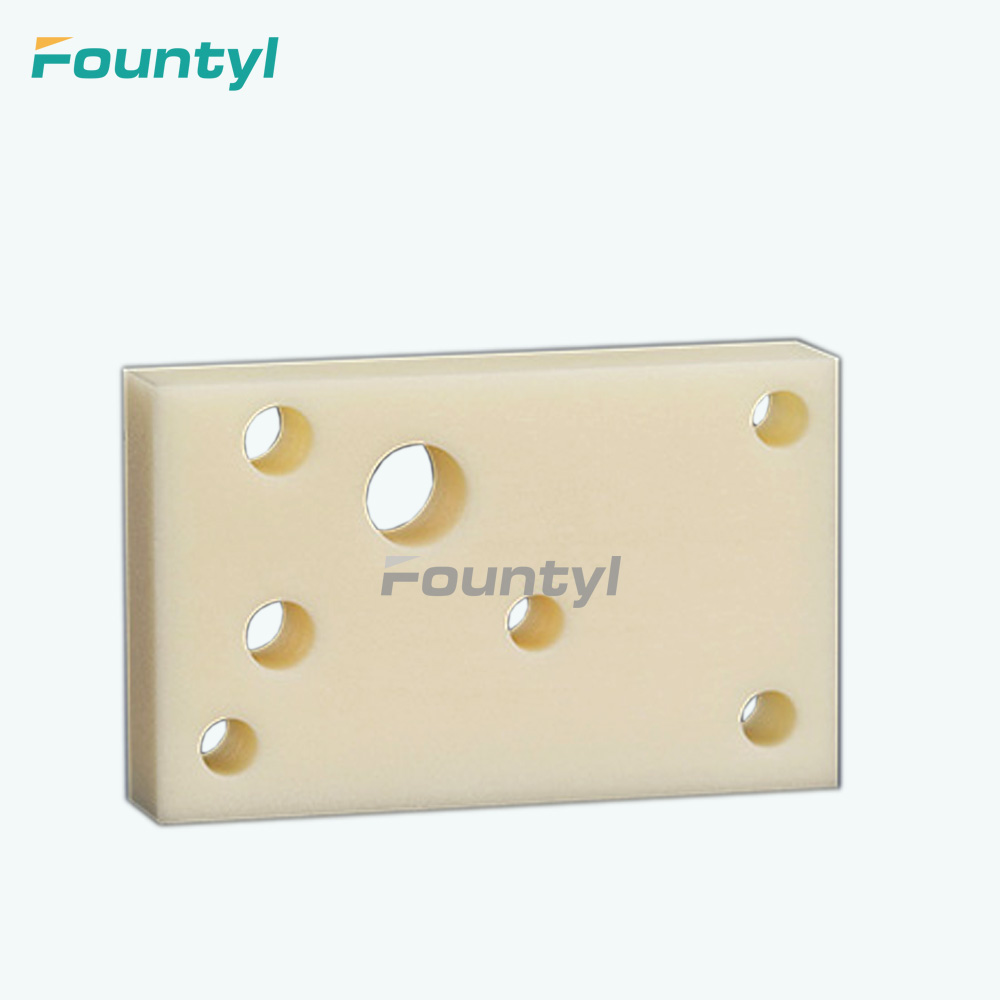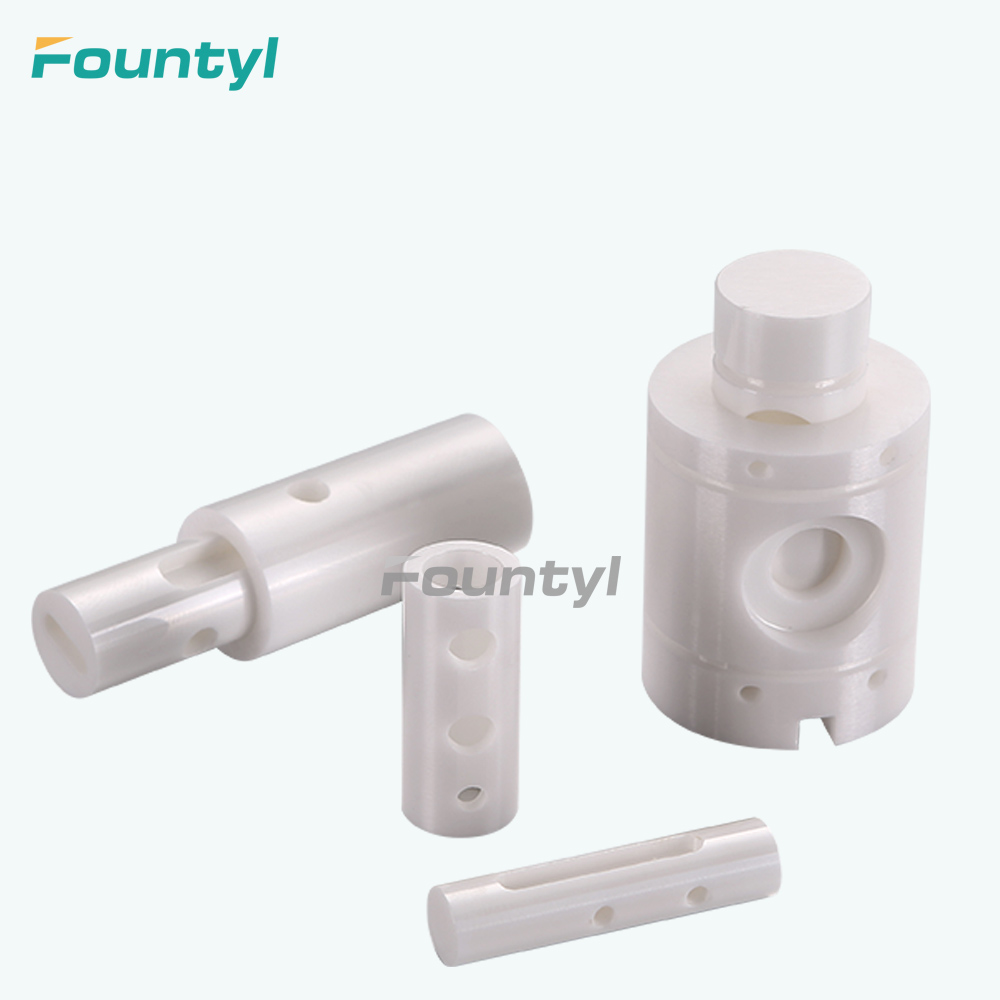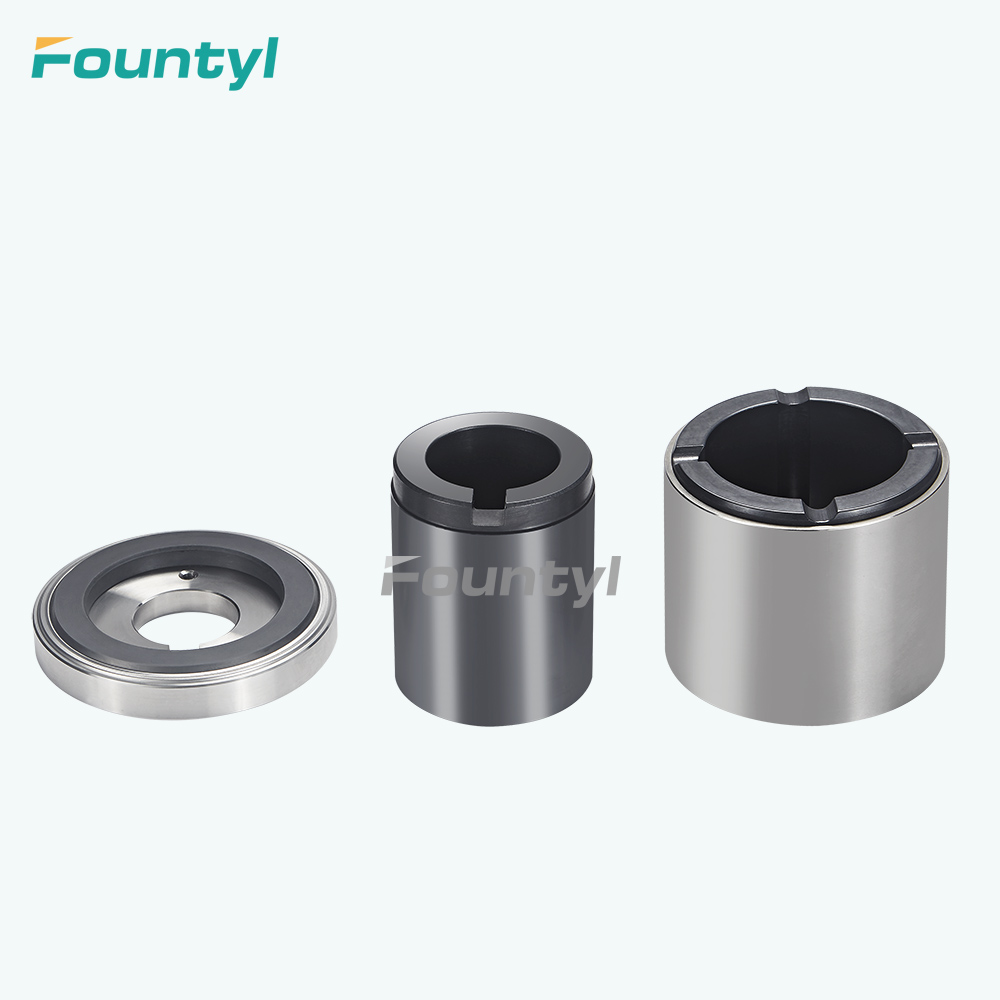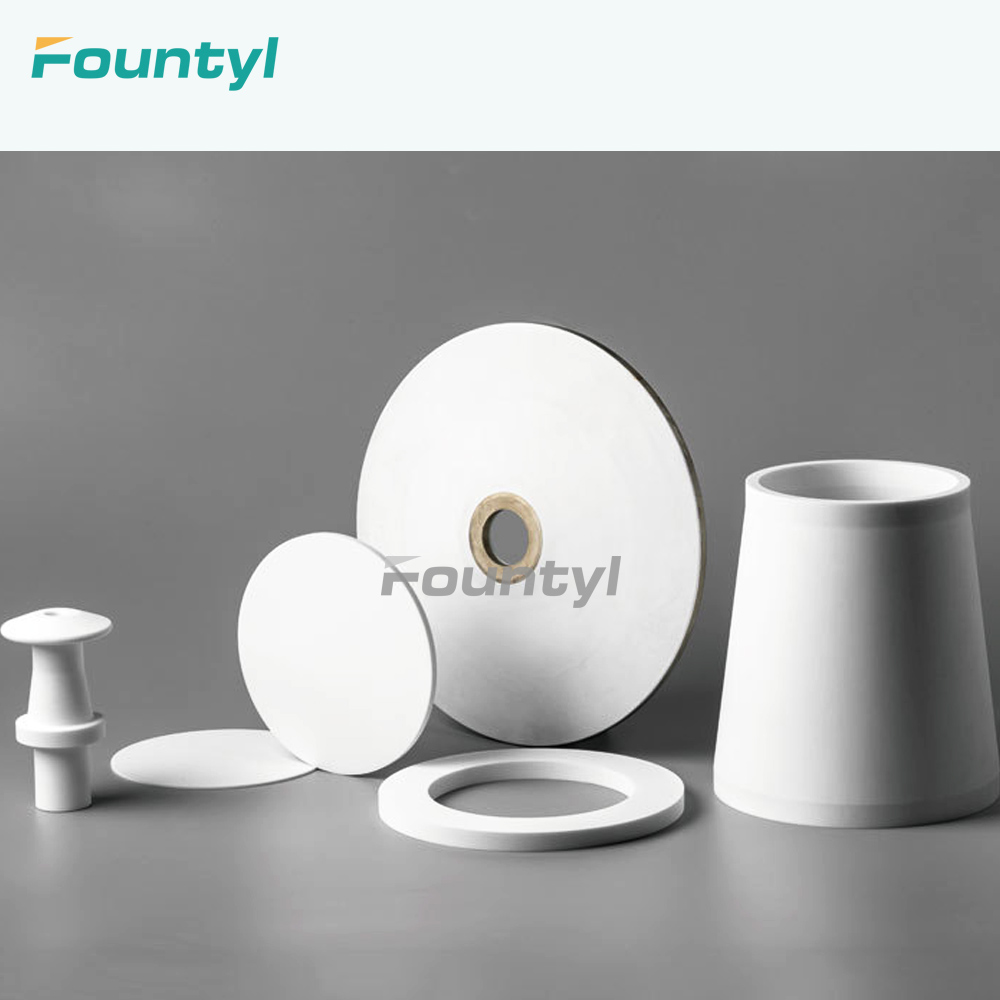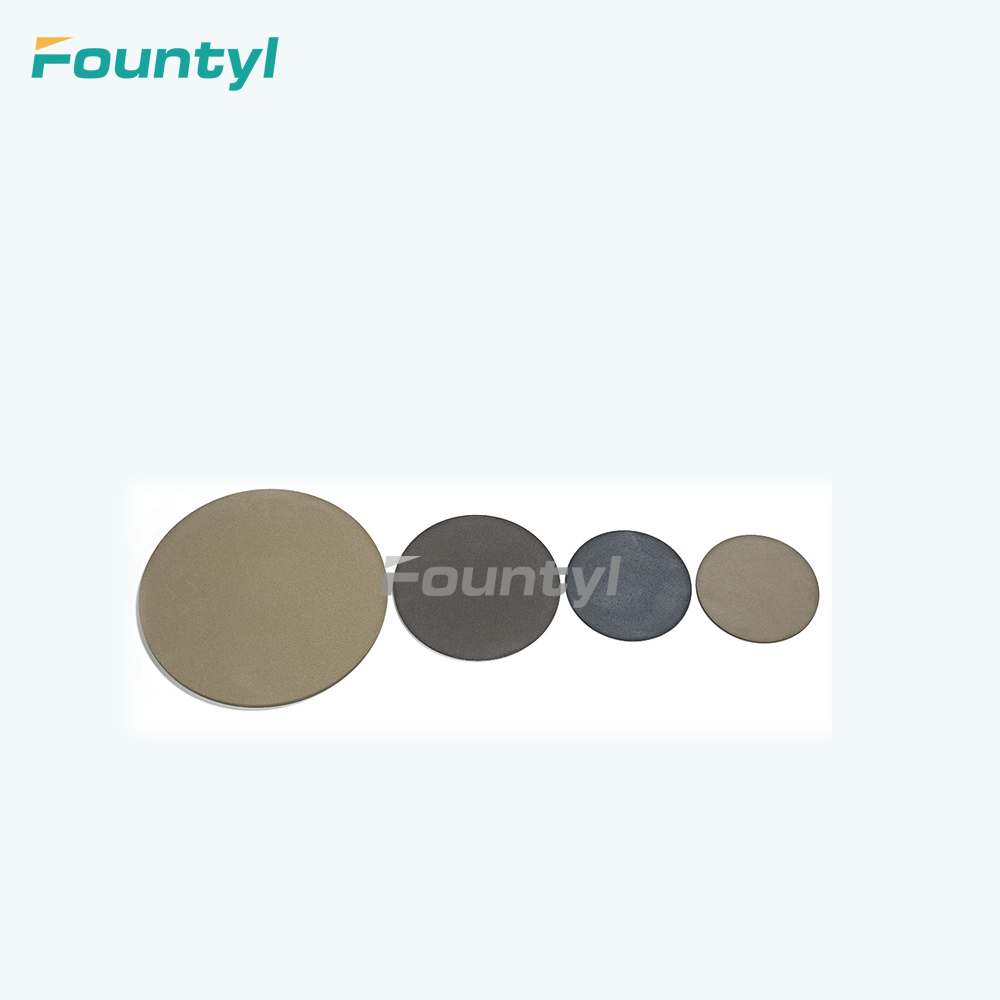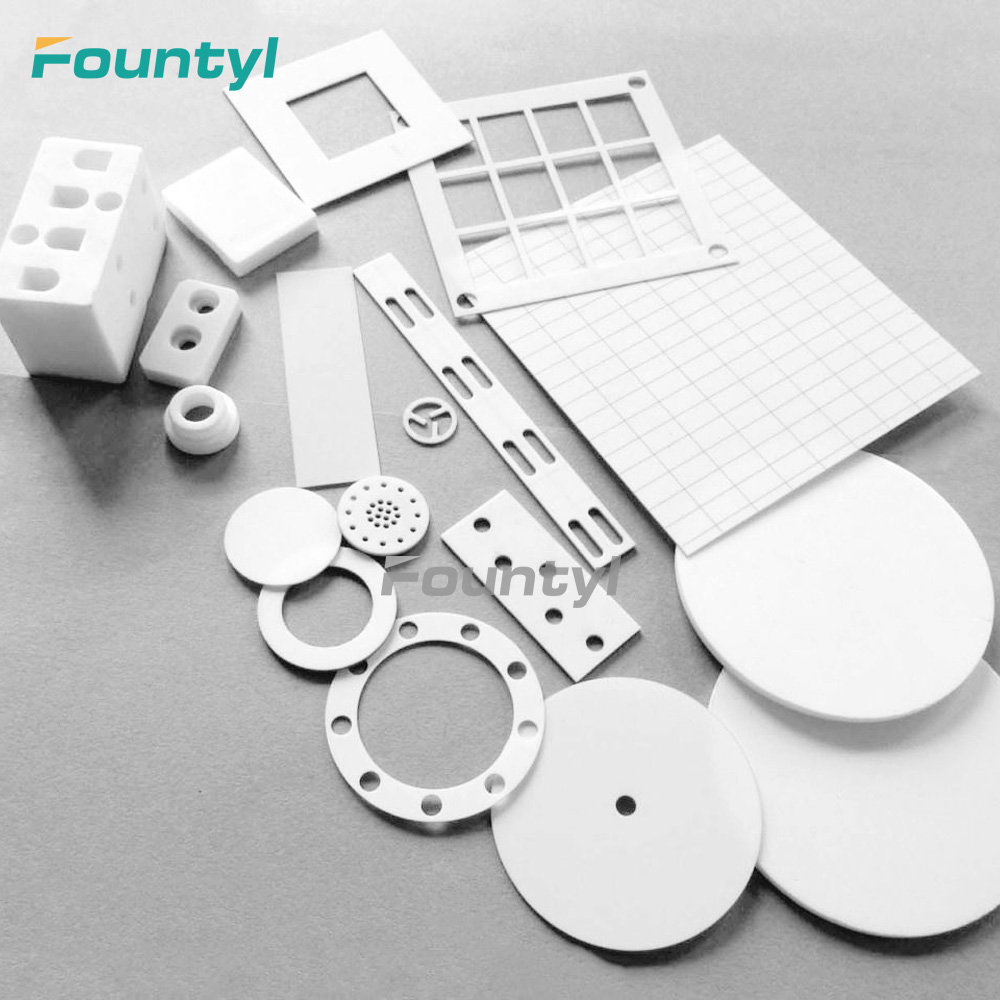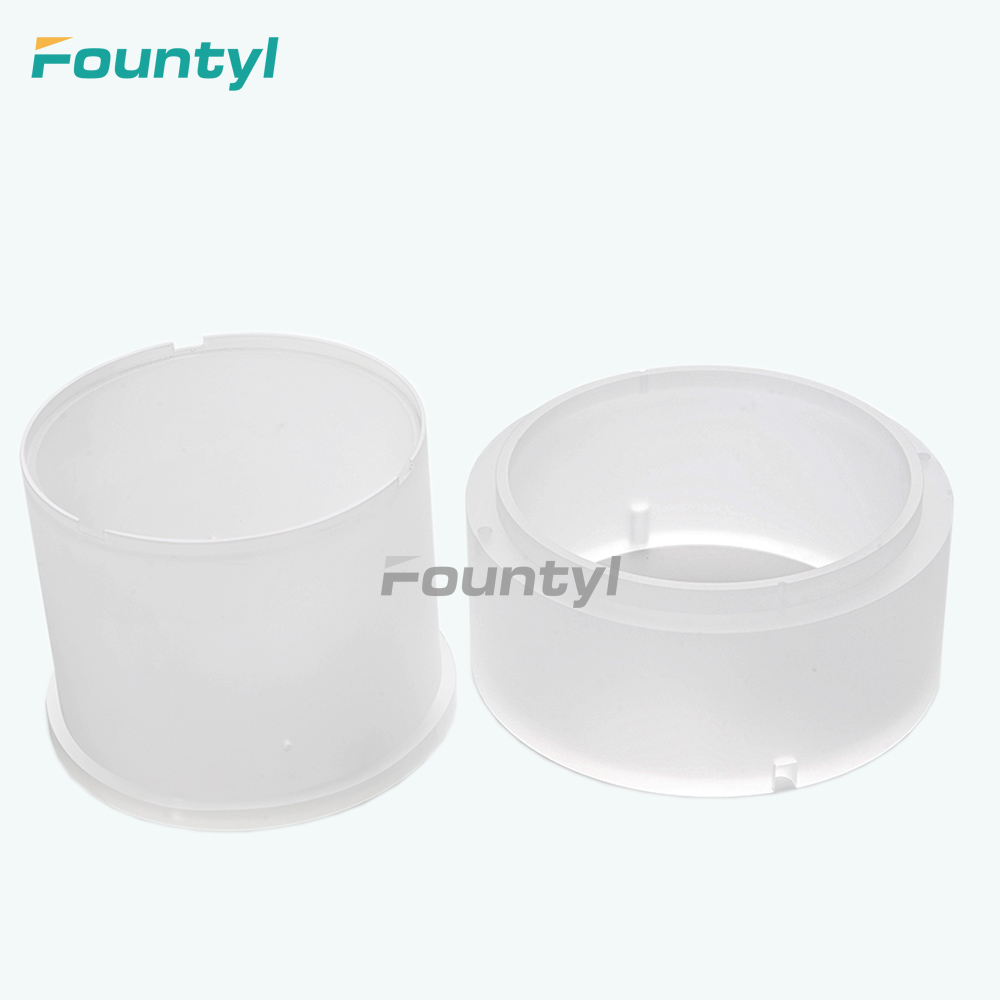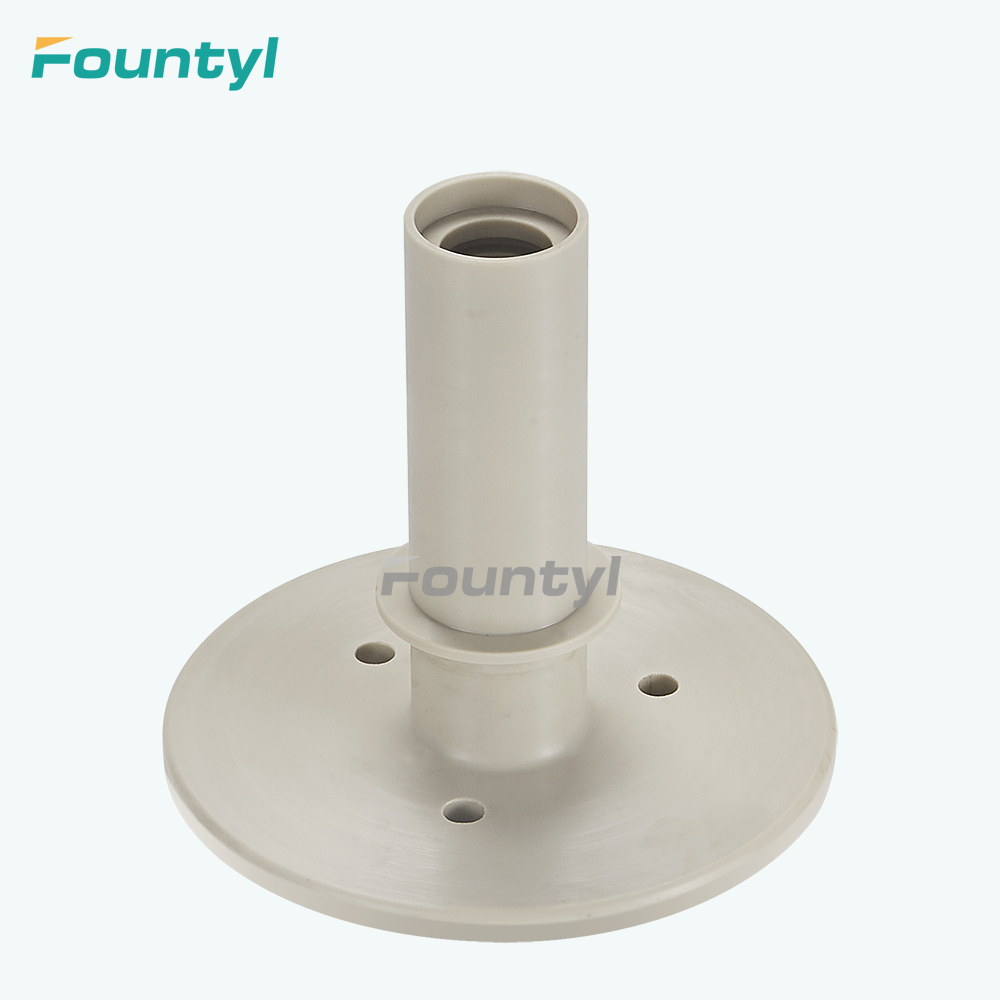Beryllium oxide ceramics with high thermal conductivity and low loss characteristics
BeO ceramics are currently used in high-performance, high-power microwave packages, high-frequency electronic transistor packages, and high-circuit density multi-chip components. The use of BeO materials can dissipate the heat generated in the system in time to ensure the stability and reliability of the system.
BeO used for high-frequency electronic transistor packaging
Note: Transistor is a solid semiconductor device, with detection, rectification, amplification, switching, voltage regulation, signal modulation and other functions. As a kind of variable current switch, the transistor can control the output current based on the input voltage. Unlike ordinary mechanical switches, transistors use telecommunications to control their own opening and closing, and the switching speed can be very fast, and the switching speed in the laboratory can reach more than 100GHz.
Application In Nuclear Reactors
Nuclear reactor ceramic material is one of the important materials used in reactors, in reactors and fusion reactors, ceramic materials receive high-energy particles and gamma radiation, therefore, in addition to high temperature resistance, corrosion resistance, ceramic materials also need to have good structural stability. The neutron reflectors and moderators (moderators) of nuclear fuel are usually BeO, B4C or graphite materials.
Beryllium oxide ceramics have better high temperature irradiation stability than metal, higher density than beryllium metal, better strength at high temperature, higher thermal conductivity, and cheaper than beryllium metal. It is also suitable for use as a reflector, moderator and dispersion phase combustion collective in a reactor. Beryllium oxide can be used as a control rod in nuclear reactors, and it can be combined with U2O ceramics to become nuclear fuel.
High-Grade Refractory - Special Metallurgical Crucible
BeO ceramic product is a refractory material. BeO ceramic crucibles can be used to melt the rare and precious metals, especially where high purity metals or alloys are required. The operating temperature of the crucible can reach 2000℃.
Due to its high melting temperature (about 2550 ° C), high chemical stability (alkali resistance), thermal stability and purity, BeO ceramics can be used to melt glazes and plutonium. In addition, these crucibles have been successfully used to produce standard samples of silver, gold and platinum. The high degree of "transparency" of BeO to electromagnetic radiation allows the metal samples to be melted by induction heating.
Other Application
a. Beryllium oxide ceramics have good thermal conductivity, which is two orders of magnitude higher than commonly used quartz, so the laser has high efficiency and large output power.
b. BeO ceramics can be added as a component to glass of various compositions. A glass containing beryllium oxide that transmits X-rays. X-ray tubes made of this glass are used in structural analysis and in medicine to treat skin diseases.
Beryllium oxide ceramics and other electronic ceramics are different, so far, its high thermal conductivity and low loss characteristics are difficult to be replaced with other materials
| ITEM# | Performance parameter | BeO |
| index | ||
| 1 | Melting point | 2350 ±30 ℃ |
| 2 | Dielectric constant | 6.9±0.4(1MHz、(10±0.5)GHz) |
| 3 | Dielectric loss Angle tangent data | ≤4×10-4(1MHz) |
| ≤8×10-4((10±0.5)GHz) | ||
| 4 | Volume resistivity | ≥1014Ω·cm(25℃) |
| ≥1011Ω·cm(300℃) | ||
| 5 | Disruptive strength | ≥20 kV/mm |
| 6 | Breaking strength | ≥190 MPa |
| 7 | Volume density | ≥2.85 g/cm3 |
| 8 | Average coefficient of linear expansion |
(7.0~8.5)×10-6 1/K (25℃~500℃) |
| 9 | Thermal conductivity | ≥240 W/(m·K)(25℃) |
| ≥190 W/(m·K)(100℃) | ||
| 10 | Thermal shock resistance | No cracks, chap |
| 11 | Chemical stability | ≤0.3 mg/cm2(1:9HCl) |
| ≤0.2 mg/cm2(10%NaOH) | ||
| 12 | Gas tightness | ≤10×10-11 Pa·m3/s |
| 13 | Average crystallite size | (12~30)μm |



